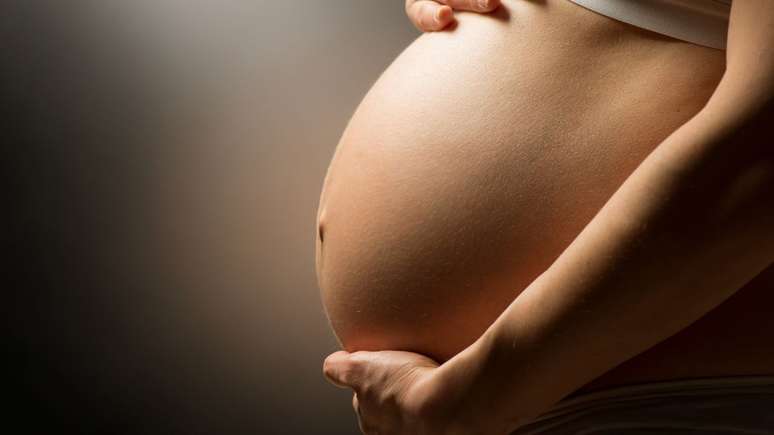The new study confirms that space accelerates the wear of molecular stem cells. The discovery can help to better understand how to protect astronauts and even remodel human aging on earth. Spatial flights accelerate the aging of stem cells and human hematopoietic progenitors, fundamental for blood health and the immune system, details a study published on cell stem cells.
The results show that these cells have lost part of their ability to produce new healthy cells, have become more vulnerable to DNA damage and showed a shortening on the telomers (ends of the chromosome), clear signs of accelerated aging.
With the help of artificial intelligence, the team analyzed the cells exhibited during four Spacex refueling missions to the International Space Station.
Discoveries of “vital importance”
“Space is the definitive test of stress for the human body”, says the main author Caprona Jamieson, director of the Sanford Stem Institute, in a declaration of the University of California in San Diego (United States).
The researcher underlines that these results are of “vital importance” as they confirm that factors such as microgravity and cosmic radiation can accelerate the molecular aging of stem cells in the blood.
“Understanding these changes not only informs us about how to protect astronauts during long -term missions, but it also helps us to remodel human aging and diseases such as cancer here on earth,” adds Jamieson.
“This is an essential knowledge now that we enter a new era of commercial space travel and low terrestrial research,” he says.
Background of a NASA study
NASA, the American space agency, had already shown similar effects on the immune system and on the length of the telomers. The study of the twins (2015-2016), for example, compared astronaut Scott Kelly, who spent 340 days in orbit, with his brother Mark, who remained on Earth.
The research has shown changes in gene expression, in the intestinal microbioma and in the length of the telomers, many of whom have been reversed after Scott’s return to our planet.
What happens to body cells in space?
For the new study, scientists have developed nanobioratori, miniaturized 3D biosensors that have made it possible to grow human stem cells in space and monitor them with AI.
After being exhibited between 32 and 45 days of space flight, the cells had their own aging characteristics: greater activity that runs out their reserves, less regeneration capacity and greater molecular damage.
Cellular damage inversion
Signs of inflammation, mitochondrial stress and activation of sections of latent genome that normally remain inactive have been observed. These stress responses can affect immune function and increase the risk of illness.
However, when these cells exposed to the space were subsequently placed in a “young and healthy environment”, part of the damage began to be reversed, suggesting that with adequate interventions, it is possible to rejuvenate the elderly cells.
IP (Efe, OTS)
Source: Terra
Rose James is a Gossipify movie and series reviewer known for her in-depth analysis and unique perspective on the latest releases. With a background in film studies, she provides engaging and informative reviews, and keeps readers up to date with industry trends and emerging talents.







